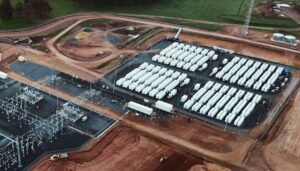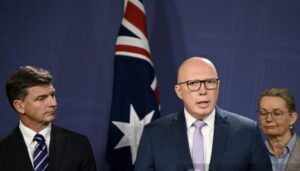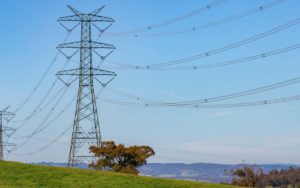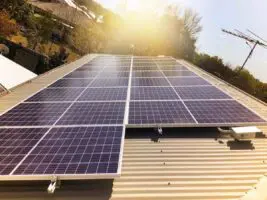The energy offshoot of US asset management giant Brookfield has signed a deal with property group LWP to build a new suburb near Newcastle that will not connect to the grid, in a move that could be a blueprint for more such development and shapes as one of the biggest challenges to the incumbent energy industry yet.
Brookfield Energy and its “multi-utility” offshoot Flow Systems are planning to build a micro-grid based around renewable energy and battery storage that will mean the new housing development of Huntlee will not need to connect to the grid. It will be entirely self-sustaining.
Flow Systems, which already operates as a water utility in Australia, is in the process of obtaining an electricity network licence too, making it the first to establish itself in competition to the vast transmission and distribution network businesses that dominate the Australian market.
The economics of the micro-grid are simple. When building a new subdivision, property developers are required to pay millions of dollars, or even tens of millions of dollars, in network development, and then “gift” that asset to the network, who then charges connection fees and rentals to the residents.
 Brookfield, Flow Systems and the property developers have figured out it is probably cheaper to bypass the network altogether, and create their own micro-grid.
Brookfield, Flow Systems and the property developers have figured out it is probably cheaper to bypass the network altogether, and create their own micro-grid.
The US giants are not the only ones to see an opportunity in micro-grids. Ross Garnaut last month launched and will chair a new company called Zen Energy, that will focus on new suburban developments, and the opportunities in taking local communities off the grid, if they wish.
In NSW, Siemens has made a proposal to the Byron Bay shire council to turn its local system into a renewable-focused micro-grid, while smaller towns such as Tyalgum are considering their own proposal to “buy back” the grid.
Even network operators recognise the economic value in such proposals, given the huge cost of poles and wires and the massive cross-subsidies that support regional grids.
The consortium has won funding from the Australian Renewable Energy Agency to continue a feasibility study into the idea. ARENA will provide $442,000 out of the $1.1 million initial study.
ARENA CEO Ivor Frischknecht said the initiative could set a precedent for other residential developments, and accelerate the uptake of renewable energy in Australia.
“There are a number of regulatory challenges and constraints and technical risks facing microgrids. Brookfield will share key insights about overcoming these barriers with the energy industry.”
Flow Systems said its goal was to increase the amount of renewables into the grid, at no extra cost.
“Proving this can be done technically and commercially will be a real step change for embedded renewables in this country,” managing director Terry Leckie said.
Huntlee will be the first new town in the Hunter Valley in 50 years and will house 20,000 new residents in 7,500 homes.
LWP project director Stephen Thompson “embracing the very latest in renewables” would be a key factor in ensuring the town’s prosperous future.
“We’re excited by the possibility of developing Australia’s first town-scale greenfield microgrid and all of the advantages that level of innovation would bring to our residents and commercial operators.
“If the proposed model for Huntlee is successful, it will positively influence the nature of housing, employment, business, transportation and education for our future residents.”
Brookfield, Flow Systems and LWP will work with German energy services giant Siemens, as well as the CSIRO and Kinesis, in designing the grids.
Warner Priest, the head of micro-grid development for Siemens in Australia, told RenewEconomy last month that a suburb of around 10,000 houses would need a micro-grid capacity of around 50MW.
One scenario would comprise of some 40MW of rooftop solar (an average of around 4kW per home), an array of centralised and decentralised battery storage totalling 10MW/40MWh.
Environment minister Greg Hunt said that as renewable energy and battery storage become cheaper, the case for building new suburbs independent to the grid will continue to become stronger.
“It would be the first time in Australia that a new suburb near existing infrastructure relied solely on renewable energy and enabling technologies, if Brookfield successfully makes the case and the developer decides to go ahead with the option,” he said in a statement.
Brookfield is a global alternative asset manager with more than $200 billion of assets under management. It is believed to have assigned more than $2 billion for potential developments in Australia, particularly in the micro-grid area.
Its subsidiary Flow Systems will lead its push into Australia. It says its mission is “to build low carbon communities of the future that enhance livability, are self-sufficient and reduce costs to government, developers and the community.
This story was first published on our sister site One Step Off The Grid.










